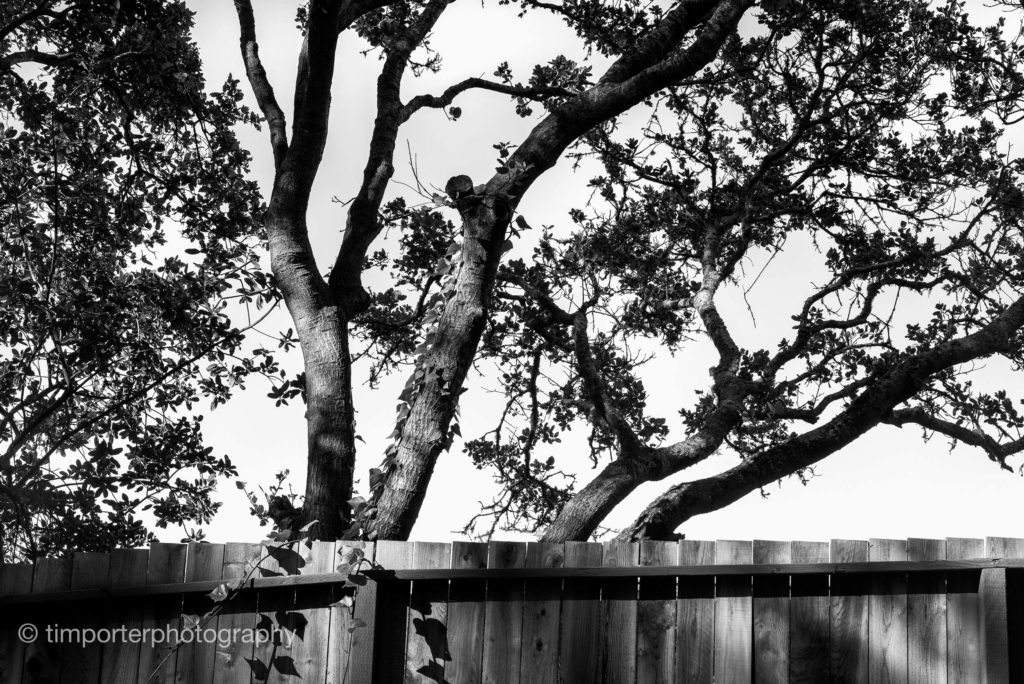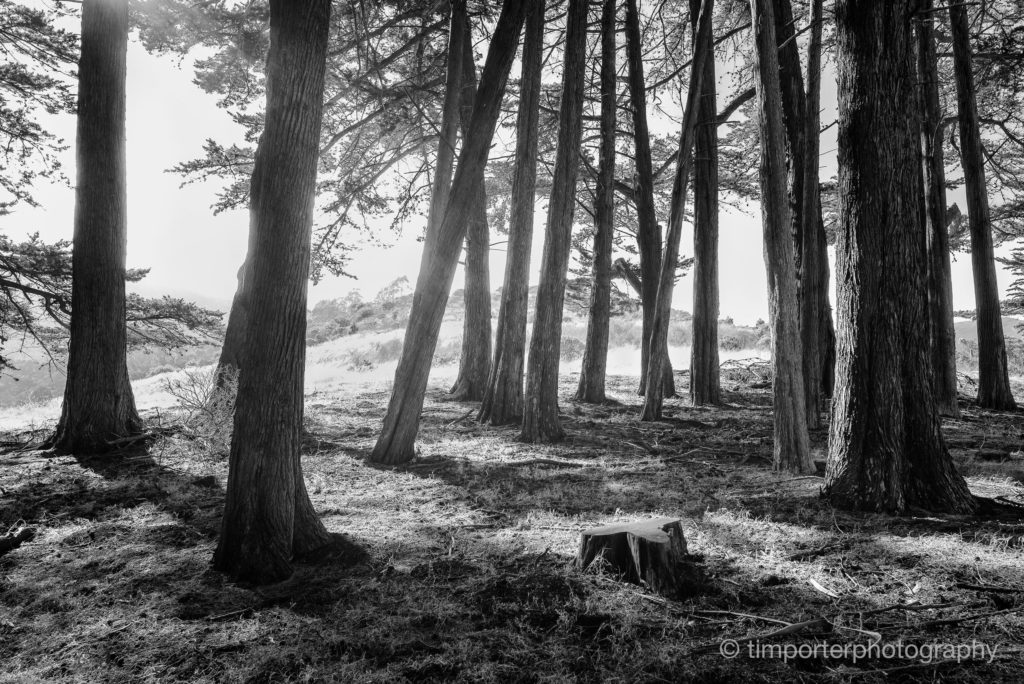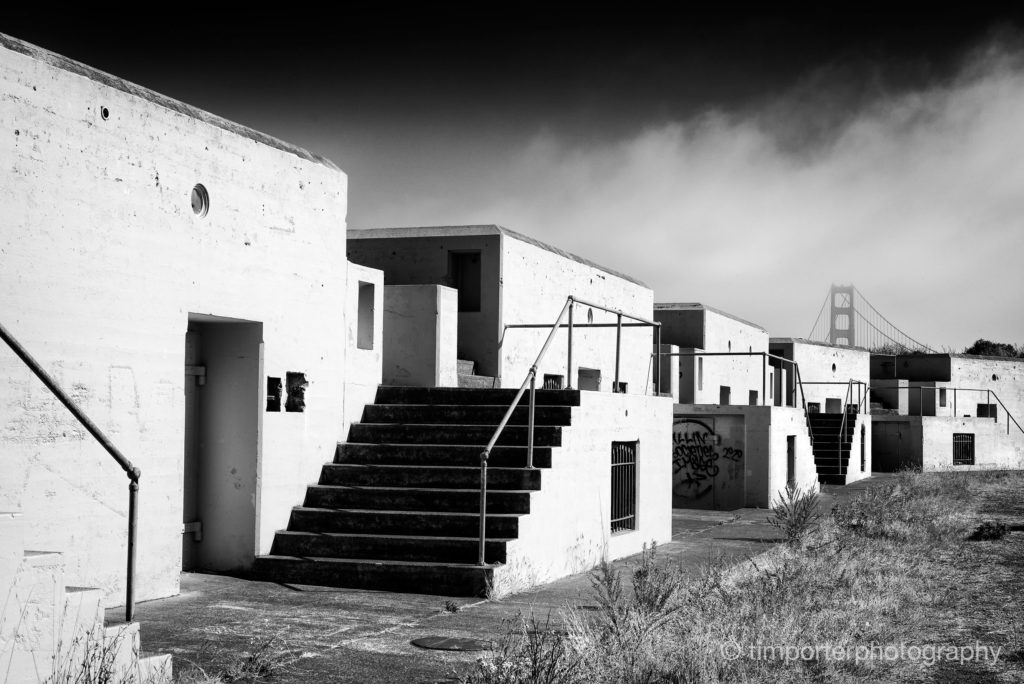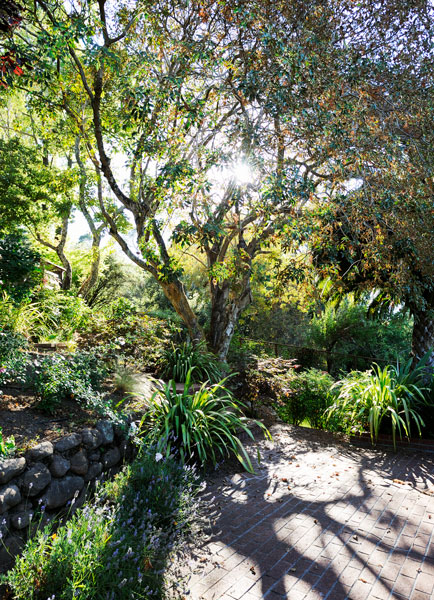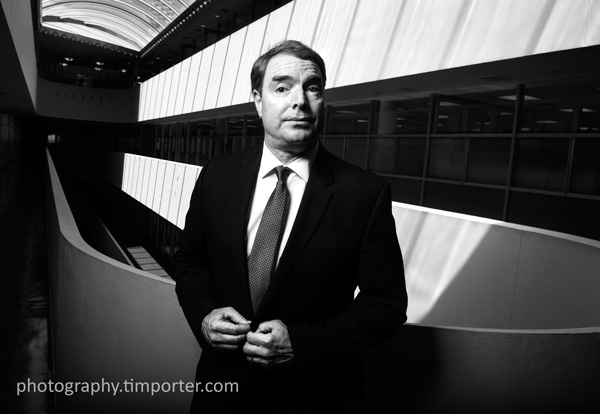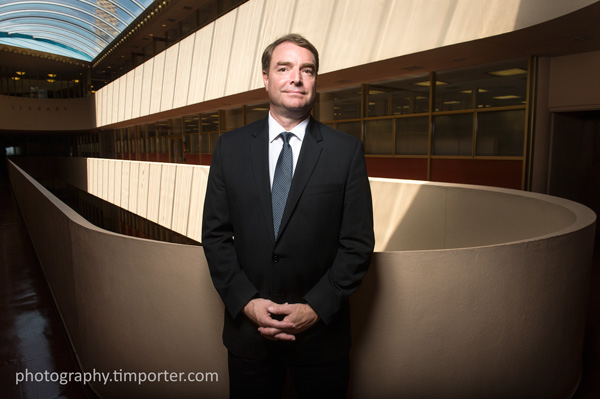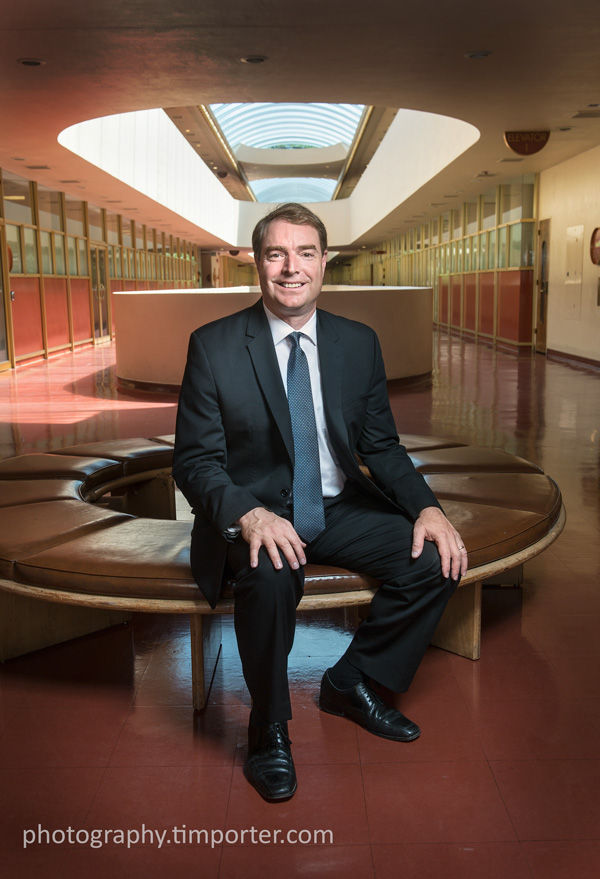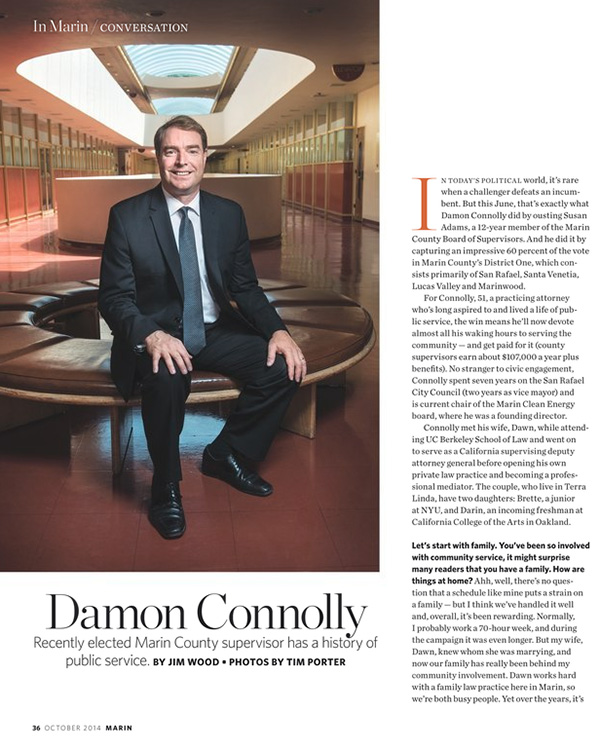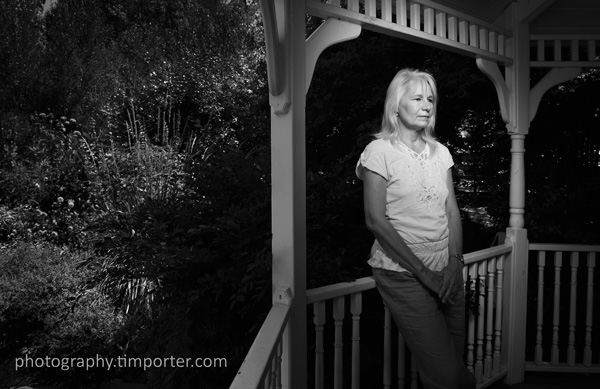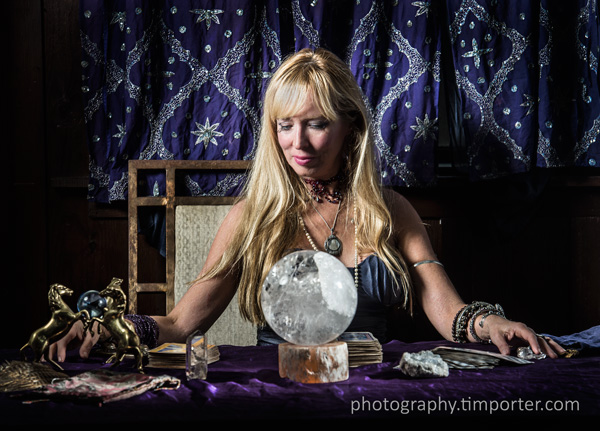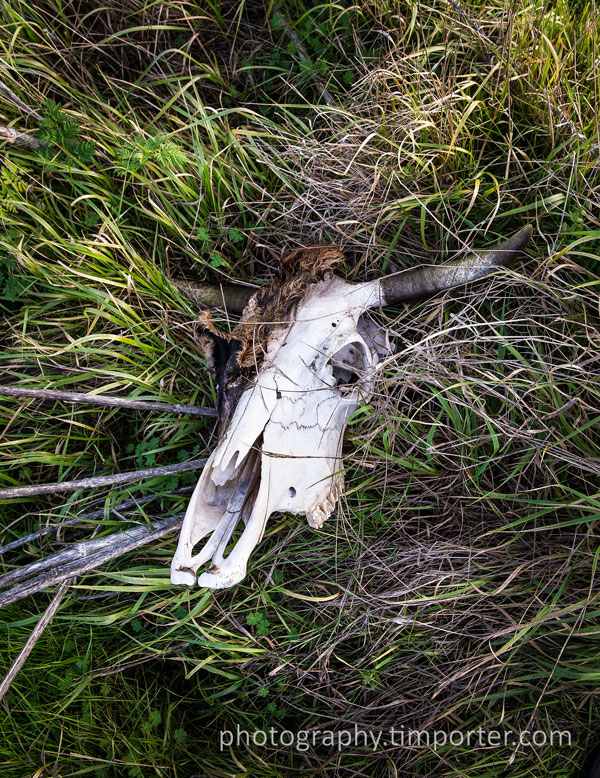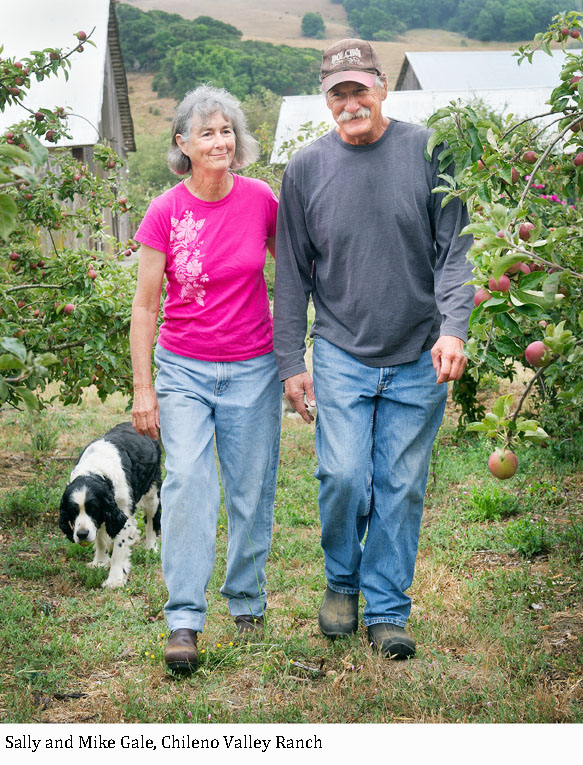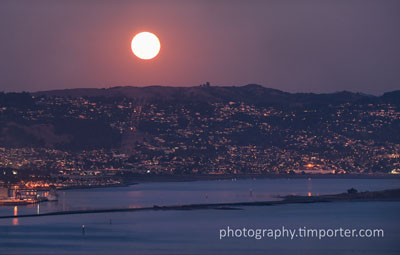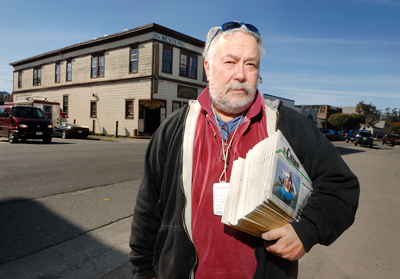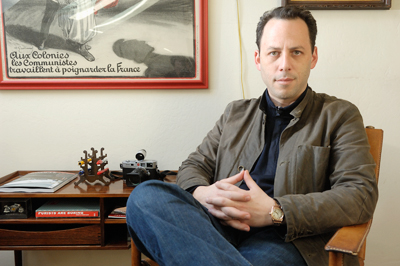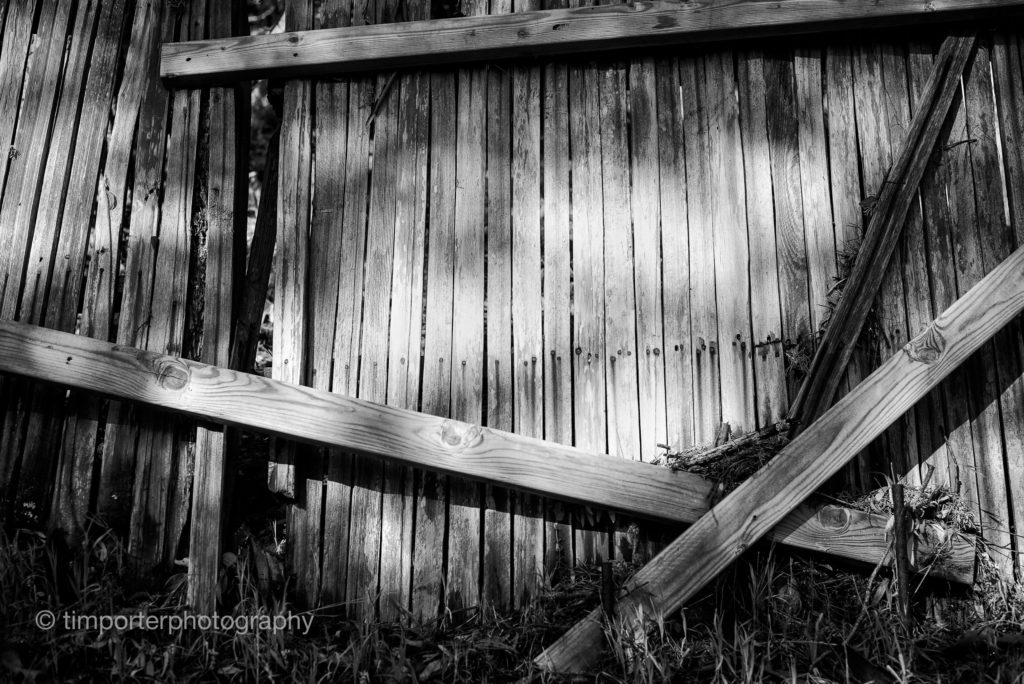
Down the street from me is a house in disrepair. Sections of the fence fronting the road lie on the ground, and a disheveled assemblage of vines and bramble cover what remains standing. Mold advances boldly across the wood of the garage. Scrap lumber and shards of shelving block the pathway to the front door. Most notably, a small blue car, German in make and of recent vintage, sits abandoned in the driveway, parked sideways so as to not just into the road. Four flat tires anchor it to the ground. A sunroof left ajar allows rain and pine needles and spiders to enter. No one has moved the car for several years.
It is not unusual, even in my over-priced neighborhood, to see a house gone to seed. Some people are just that way, not at all interested in gardening or maintenance or upkeep. The car, though, seemingly discarded and wedged into the driveway, was a mystery. Even the most negligent of homeowners tend to keep their vehicles running. I thought the owner might be dead – or dying – and his or her children cared little about their parents or their possessions. One day, I thought, I will walk by and the car will be gone. But there it sits still.
Not long ago, some of the mystery resolved itself. I saw an old woman, unsteady on her feet, sweeping handfuls of dirt and pine needles from the driveway into a plastic dustpan. Given the amount she was picking up she might as well have been emptying a beach of its sand with a teaspoon. I was driving and I didn’t stop to say hello. I should have because I have questions I would like answered.
I have walked past the house many times since and not seen her again. Then, just the other day it came to me. I knew what was happening. The lady, who I suspect has lived on our woodsy hill for a long time, just can’t keep up any longer. Not that she doesn’t want to. She does. The dustpan and the broom are evidence of that. She just can’t. It’s too much. The house, the garden, the repairs, the car, her health, whatever emotional amusement park ride she is on with her family – or by herself – all of it is just too much. She can’t keep up, so everything gradually falls apart.
Age does this to us. The world moves forward, and we fall further and further behind. The fence rots, the pines drop needles, the blackberry bramble roots into everything. A spouse dies, an organ fails, a family stops visiting. Onward and onward, a timeless parade of every imaginable attraction and horror of life, and our place in it inevitably and inexorably retreats toward the back until one day we find ourselves standing alone in the road, inhaling the dust of the parade as it advances into its endless tomorrows without us.
Being old is about keeping up, an ironic fact because being young is about catching up. We drop out of the chute and a doctor or a nurse practitioner or a midwife whacks us into consciousness, and we immediately begin screaming for what everyone else who arrived before us already has: food, fun, education, career, comfort, maybe even satisfaction over the long arc. We strive throughout youth to be capable of self-sustenance, however meekly or grandly each of us defines that state. We study, we work, we take risks, we fail, we love, we marry, we procreate, we divorce, we celebrate, and we suffer – all to have what we didn’t have at birth. Even as adults, many of us continue. We lust for fancier cars, bigger houses (or second ones or third ones), loftier titles. Others, less material but no less ambitious, reach for personal or social pinnacles. We are working on ourselves, we like to say. If I could just …
We do all that until we can’t. At that moment, we shift from catching up to keeping up.
The past lengthens and the future shortens. A new twenty-year roof on the house seems unreasonable when the sell-by date on the body is five years off – or less. Physical aches increase, as do emotional ones. Old wounds once thought healed reopen, reminders that the past is inescapable. People go missing, either gone for good or absent because they simply can no longer feign interest in being with us. What once was sensible, even essential – repairing a fence, sweeping the walk, starting the car – fades into an indulgence remaindered for days when energy is high and spirits are strong, moments that lessen as the calendar advances. What matters a flat tire when there is a tumor to be dealt with? Who cares about a messy front yard when there is soul that needs mending? Why do today what you can put off until a tomorrow that might not come?
I saw the woman with the broom one more time, again as I drove by. She swept in small motions with short strokes, the bristle moving only a few inches. She is never going to clean that driveway or move that car or fix that fence. She is just trying to keep up.

